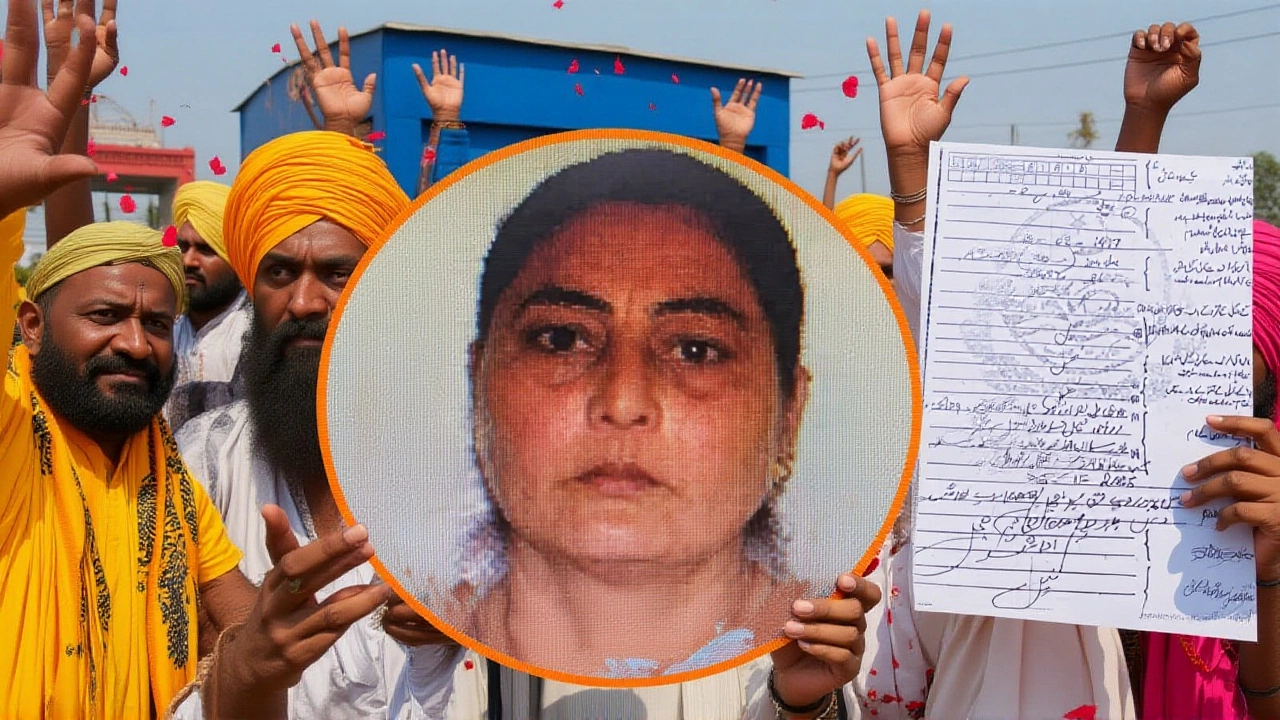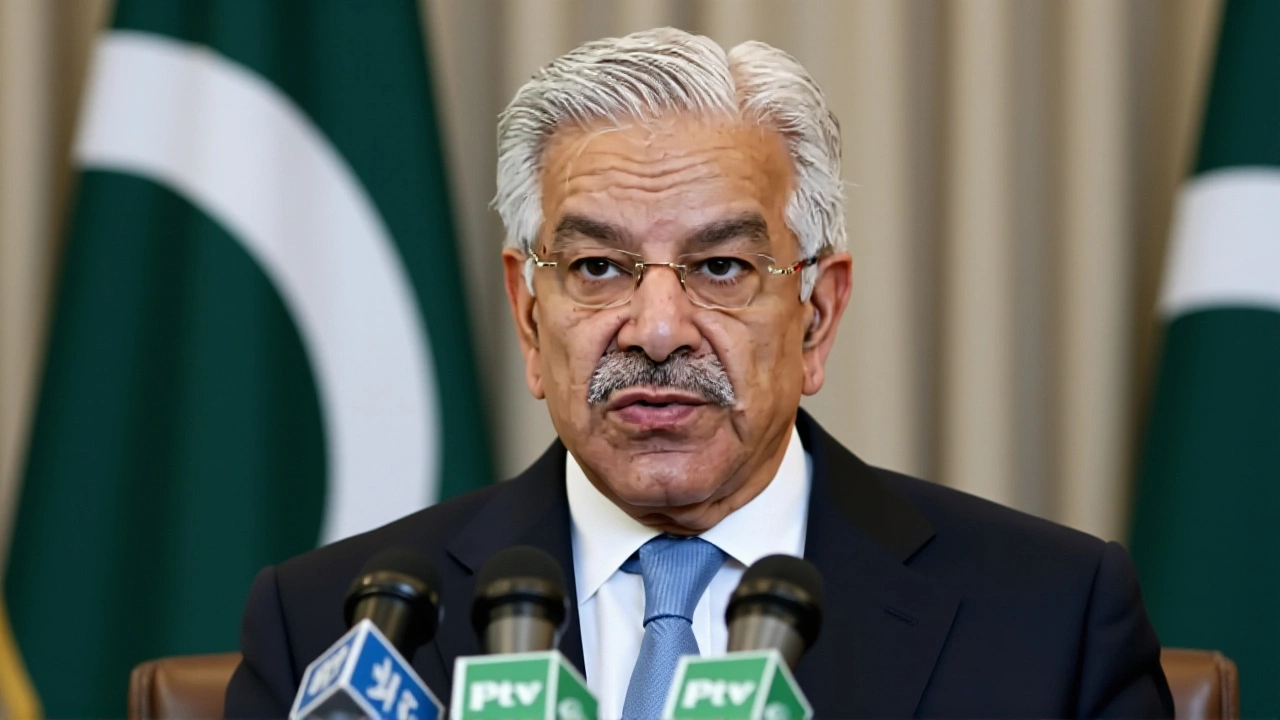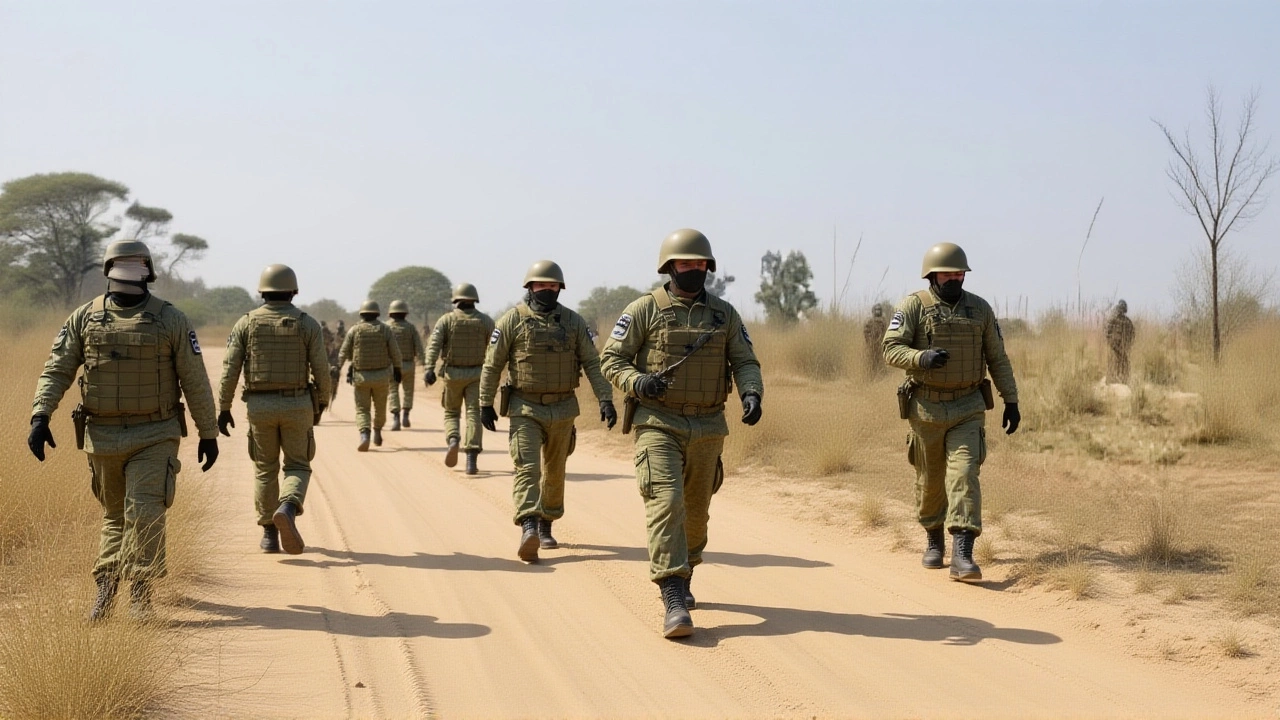On November 11, 2025, Pakistan Army deployed additional units along the India-Pakistan border, triggering immediate concern from New Delhi. The move came amid a fragile peace following a deadly clash in May 2025, and just days before critical by-elections in PakistanHaripur. While Islamabad framed the deployment as routine readiness, Indian officials saw it as a deliberate provocation — and the timing couldn’t have been worse.
Conflicting Signals from Islamabad
Here’s the thing: Pakistan’s actions in mid-November 2025 sent mixed messages. On November 16, the Inter-Services Public Relations (ISPR) announced a large-scale joint fire and manoeuvre exercise, featuring armor, artillery, attack helicopters, and drones — a clear demonstration of combined arms capability. But within hours, Dawn reported that Pakistan had also ceased infantry deployment and was reducing military exercises along the border. The twist? No official explanation tied the two together. To analysts, it looked like a calibrated ambiguity — projecting strength while signaling restraint.
That ambiguity deepened when the Pakistan Ministry of Interior approved a multi-tier security deployment for the November 23, 2025 by-electionsHaripur. The Pakistan Army would serve as a third-tier quick reaction force, while Rangers and police took frontline roles. The Election Commission of Pakistan even granted military officers first-class magistrate powers — a rare and sweeping authority. The message? Stability matters more than saber-rattling… unless it’s politically convenient.
New Delhi’s Calculated Response
India didn’t wait for clarification. On November 21, 2025, during a joint press briefing with Foreign Secretary Vikram Misri and Colonel Sofiya Qureshi, Wing Commander Vyomika Singh of the Indian Air Force delivered a blunt assessment: "Pakistan is moving its troops towards forward areas, indicating offensive intent to further escalation."
She added that India had detected unusual movement near Baramulla, Jammu, and Pathankot — all locations that saw heavy shelling during the May 2025 conflict. In response, India had reinforced its Line of Control (LoC) positions, boosted air defense systems, and increased combat air patrols. "We remain in a high state of operational readiness," Singh said. "And we’ve responded proportionately — every hostile action has been countered. But we won’t be drawn into escalation unless forced."
Her remarks were a direct rebuttal to Pakistani claims — including false reports that India’s S-400 system had been destroyed at Adampur Air Force Station, or that airfields at Suratgarh and Sirsa had been hit. "These are malicious misinformation campaigns," she said. "We don’t need to inflate our victories. We just need to protect our people."

The Ghosts of May 2025
The November tensions didn’t emerge from a vacuum. They echoed the bloody May 2025 conflict, when Pakistan launched drone and mortar attacks on civilian targets in Jammu and Kashmir. According to Indian military records, 21 civilians and 8 military personnel died — most from mortar fire in Poonch district. A gurudwara, a school, and half a dozen homes were reduced to rubble. The Shambhu Temple in Jammu was also targeted, a flashpoint for religious tensions.
India’s retaliation was swift. On May 8, 2025, it used its S-400 missile system in combat for the first time — intercepting incoming drones near Amritsar. Pakistan denied launching any strikes. But Defense Security Asia confirmed Indian radar logs showed 26 drone incursions along the LoC. The Cobras squadron scrambled 18 of its 20 aircraft on May 7, 2025 — the highest alert level in years.
Even in the aftermath, both sides showed restraint. On May 31, 2025, India’s Chief of Defence Staff, General Anil Chauhan, confirmed India lost fighter jets — but dismissed Pakistan’s claim of downing six. His Pakistani counterpart, General Sahir Shamshad Mirza, stated plainly: "Neither side ever considered nuclear options."
Why This Matters Now
The real danger isn’t just troop movements. It’s the erosion of trust. Pakistan’s decision to deploy the military for a by-election in Haripur — while simultaneously raising border alerts — raises uncomfortable questions. Is the army being used to intimidate opposition voters? Is this a cover for repositioning forces? Or is it simply bureaucratic chaos?
Meanwhile, Chief Minister Sohail Afridi of Khyber Pakhtunkhwa made inflammatory remarks threatening election officials — a move the Election Commission of Pakistan formally flagged. That’s not just politics. It’s a destabilizing signal in an already volatile environment.
And then there’s the quiet but ominous warning from Lieutenant Governor Sinha on November 22, 2025: "Stay vigilant regarding Pak bid to derail peace." He didn’t say "threat" or "attack." He said "bid." That’s the language of suspicion — the kind that lingers long after the troops move back.

What’s Next?
The by-elections on November 23, 2025 will be a litmus test. If they proceed peacefully, it could open a narrow window for backchannel talks. But if violence erupts — whether from militants, political thugs, or misinterpreted military movements — the entire region could spiral back toward conflict.
India’s next move? Likely a public statement from the Ministry of Defence, possibly followed by a limited show of force — a flyover near Jammu, or a drill near the Rajouri sector. Nothing that triggers war. But enough to say: we’re watching.
For now, the border is quiet. But the air is thick with unspoken threats.
Frequently Asked Questions
Why did Pakistan deploy troops right before the by-elections?
The timing suggests either a security precaution — to prevent unrest from spilling over — or a deliberate distraction. Pakistan’s military has historically been used to influence elections, especially in contested regions like Khyber Pakhtunkhwa. The simultaneous border buildup makes it hard to separate internal political strategy from external signaling. Either way, it undermines regional trust.
Did India really use the S-400 system in combat?
Yes. On May 8, 2025, India confirmed its first-ever combat use of the S-400 system at Adampur Air Force Station to intercept Pakistani drones targeting Amritsar. Radar data and debris recovery corroborated the intercepts. Pakistan denied launching strikes, but Defense Security Asia and Indian Air Force logs confirmed 26 drone incursions along the LoC that week — making this a watershed moment in India’s air defense history.
Were nuclear weapons ever close to being used in May 2025?
No. Both India’s General Anil Chauhan and Pakistan’s General Sahir Shamshad Mirza confirmed in a joint statement on May 31, 2025, that nuclear options were never discussed or considered — even as fighter jets were lost and civilian areas were hit. That restraint, amid such intense escalation, was remarkable. But it doesn’t guarantee future restraint if tensions spike again.
How many civilians died in the May 2025 conflict?
India officially reported 21 civilian deaths, primarily from mortar shelling in Poonch district, Jammu and Kashmir. Among the victims were residents near a gurudwara and a school, both struck during morning hours. Pakistan claimed its strikes were limited to "military targets," but satellite imagery and ground reports confirmed damage to civilian infrastructure at 14 distinct locations along the LoC.
What’s the significance of the Pakistan Army serving as a "third-tier responder"?
It means the army isn’t on the front lines — police and Rangers are. But as a "quick reaction force," they can intervene within minutes if violence erupts. That’s unusual for a civilian election. It suggests authorities expect unrest, possibly from political actors or cross-border provocateurs. The fact that military officers were granted magistrate powers further signals a breakdown in civilian control — a red flag for observers.
What could trigger the next escalation?
A single incident — like a drone crossing the LoC, a misfired shell hitting a village, or a false flag operation blamed on the other side — could ignite a chain reaction. With both militaries on high alert and political tensions high in Pakistan, the margin for error is razor-thin. The next 72 hours after the November 23 elections will be critical.

